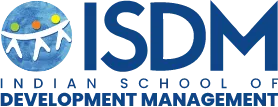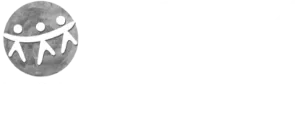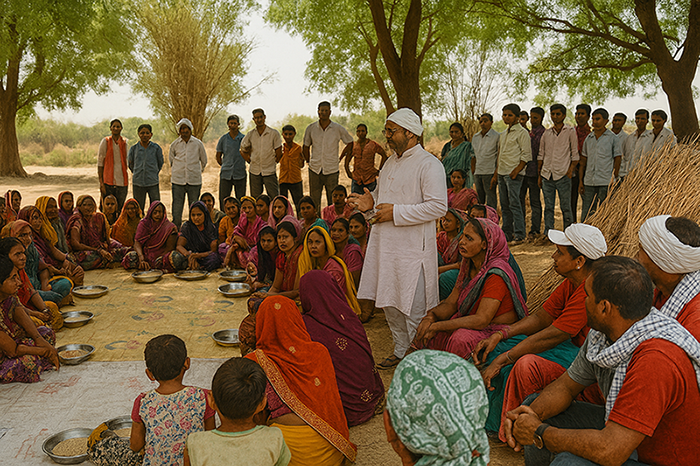In the heart of Madhya Pradesh’s Satna, a district teeming with the complexities of rural life and industrial significance, I embarked on a two-week immersion as part of the ‘Realising India’ program, unraveling the layers of India’s flawed approach to development.
Introduction
Satna, a vibrant tapestry of rural traditions and industrial dynamism, encapsulates the intricate dance of development in India. Beyond the bustling fields of agriculture lies the beating heart of the nation’s cement industry. This juxtaposition creates a canvas where the nuances of development weave a story of challenges, triumphs, and the relentless pursuit of progress.
Satna’s Duality: Agriculture and Cement Dominance
Satna, a district predominantly agricultural yet pulsating with the heartbeat of India’s cement industry, offers a unique canvas for understanding the intricacies of development. The coexistence of rural life and industrial prowess shapes the narrative of change in this dynamic landscape.
A Tapestry of Stakeholders: Perspectives on Development
Engaging with a diverse spectrum of stakeholders, from industry leaders and corporate social responsibility managers to government officials and grassroots contributors, provided a holistic view of development. The mosaic of voices encompassed farmers, marginalized communities, healthcare workers, and educators, each playing a vital role in shaping the district’s destiny.
Development’s Triad of Challenges
Within the tapestry of Satna’s development, three prominent challenges emerged:
Provisional Gap in Demand and Supply:
The aspirations and needs of the community often misalign with the efforts of development professionals, highlighting a critical gap in understanding the grassroots demand for change.
Low Impact on the Ground:
Despite earnest endeavors, the impact of development policies and initiatives at the ground level remains disappointingly low, necessitating a reassessment of implementation strategies.
Conflict of Interests among Stakeholders:
The crux of the issue lies in a conflict of interests among stakeholders, raising questions about the equitable distribution of benefits and decision-making power.
Empowering from Within: The Essence of Development
The essence of development, I discovered, lies in empowering individuals to uphold their rights and interests. The realisation that development is an intrinsic process emerged as a guiding principle. No external force can champion personal self-interests better than the individuals themselves.
A Call for Micro Empowerment
The macro-level approach to development, often viewing it as a unidirectional flow from ‘provider’ to ‘receiver,’ oversimplifies the intricate nature of societal transformation. Acknowledging individuals as unique entities within a collective crowd becomes imperative for true development.
Macro Governance and Micro Empowerment
Development professionals shoulder the challenging responsibility of governing at a macro level while concurrently empowering individuals at a micro level. The crux lies in expanding people’s capabilities, freedom, and decision-making prowess, creating a harmonious balance between the collective and the individual.
Empowering Diverse Sectors
With over 60% of the country’s workforce engaged in agriculture and manufacturing, the need to develop both sectors became glaringly evident during my interactions with tribal farmers and factory workers in Satna. Empowering both groups, ensuring improved lives and enhanced capabilities, emerged as a crucial aspect of holistic development.
Development Doesn’t Discriminate: The Right to Improvement
The fundamental principle that development doesn’t discriminate resonates profoundly. Every individual possesses the right to enhance their quality of life, with the caveat that such progress does not adversely affect others through the ‘externalities’ of their decisions.
Regulating Externalities: The Path to Complete Development
The quest for development extends beyond empowerment; it involves the regulation of ‘externalities.’ Striking a delicate balance that prevents adverse consequences while empowering individuals marks the true fulfillment of the development sector’s mission.
Empowerment Beyond Belief: A Comprehensive Approach
Empowering individuals extends beyond instilling belief and confidence; it encompasses providing essential elements for survival and growth. Education, healthcare, law and order, security, and employment are not just public goods but crucial tools of empowerment.
realisation from Within: The Culmination of Development
The true culmination of development occurs when individuals recognize that the impetus for progress must come from within. Striking a delicate balance between empowerment, regulation of externalities, and individual realisation is the hallmark of comprehensive development.
The ISDM Imperative: Nurturing Change Agents for Holistic Development
In navigating the dynamic landscape of development challenges, the role of the Indian School of Development Management (ISDM) emerges as pivotal. ISDM’s commitment to nurturing change agents equipped with a nuanced understanding of societal issues becomes a beacon for transformative education. Beyond conventional management teachings, ISDM stands poised to contribute to the evolution of a socially conscious and equitable India, aligning seamlessly with the spirit of ‘Realising India.’
Reflecting on Satna’s Journey and ISDM’s Role
As I reflect on my immersive journey in Satna, the imperative for empowering individuals, regulating externalities, and fostering a realisation from within echoes the ethos of ISDM, guiding the way towards a truly realised India. The nuanced approach of ISDM in nurturing change agents aligns with the challenges unearthed in Satna, emphasizing the need for comprehensive education to drive holistic development. Satna’s tale becomes a microcosm of India’s diverse developmental landscape, urging us to reevaluate our strategies and embrace a paradigm where every individual becomes an active participant in their journey toward progress.




